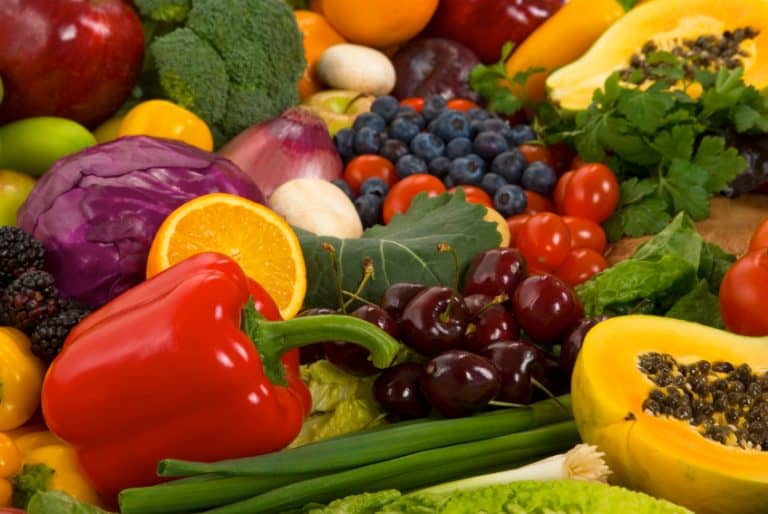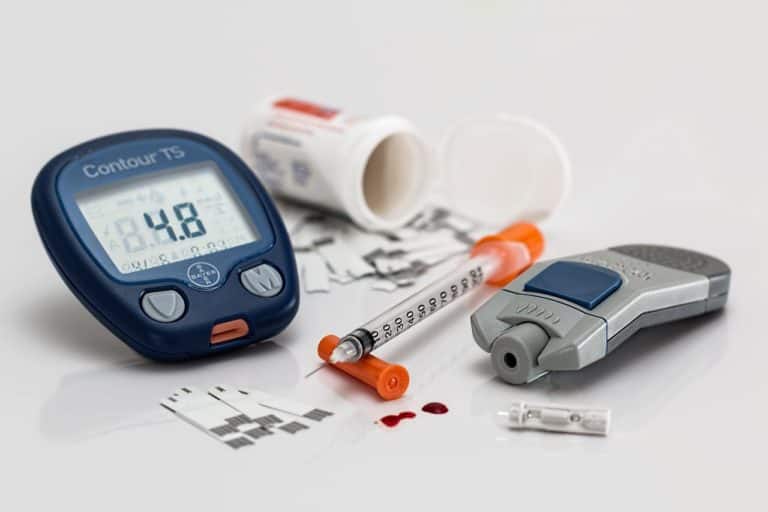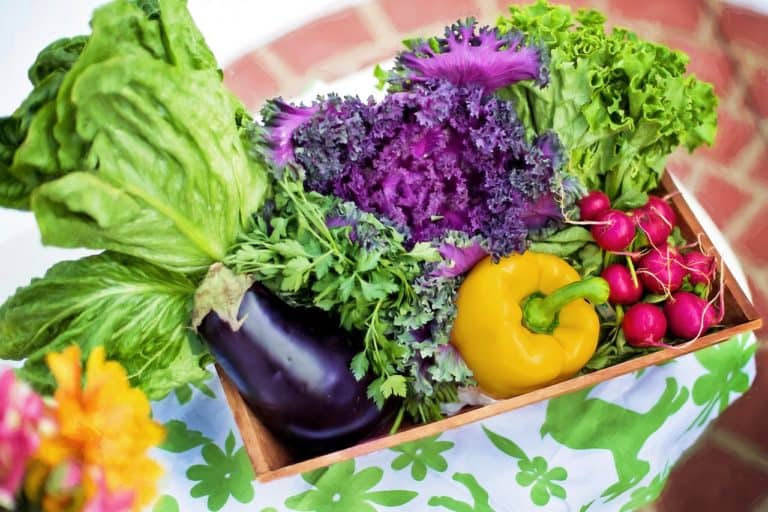Nutritional supplements often contain additives that only do not contribute to the health benefits of the product, but can be harmful to your health as well. Here is a list of 43 supplement additives to avoid when shopping. GRAS means “Generally Recognized as Safe”.
Acesulfame potassium (K): artificial sweetener.
Beeswax: derived from honeycomb and then sterilized. Used for flavoring and to coat tablets. Considered safe but should be avoided by anyone who has bee allergies
Benzyl alcohol: an antimicrobial preservative. On the FDA’s inactive ingredient list. Adverse reactions to benzyl alcohol in medications have been noted.
Calcium disodium EDTA: used as a preservative and safe when used as such. Can cause side effects when used in extremely high amounts (>3 grams daily)
Calcium hydroxide: obtained from limestone. GRAS. High amounts can shift acid-base balance, but is unlikely from supplement use.
Calcium sulfate: guards against excess moisture, used as a filler in capsules. GRAS
Cellulose microcrystalline: derived from a plant source, typically high-quality wood pulp. Used as a binder and to help tablets disintegrate. GRAS
Cellulose, powdered: derived from a plant source. Used as a stabilizer, thickener, and binder. GRAS
Citric acid: preservative and flavoring agent. GRAS. A small percentage of people have citric acid intolerance or allergy
Croscarmellose sodium: derived from plant fibers. A filler and disintegrant. GRAS. There are unsubstantiated claims that this substance promotes harmful bacteria in the gut.
Dextrin (also called modified food starch): produced from starch. Used as a stabilizer and binder. GRAS. Possible allergic reaction from people sensitive to corn.
Dextrose: sweetener.
Ethocel 20: plant source. Used to coat tablets. GRAS
Ethylcellulose: plant source. Used as a stabilizer, to mask taste. GRAS
FD&C Yellow No 6: although acceptable to the FDA, the Centers for Science in the Public Interest lists this food coloring as “best to avoid”
FD&C Red No 40: same as Yellow No. 6.
Fructose: sweetener.
Gelatin: derived from animal protein. Used to form capsules and soft gels. Widely used in foods and considered safe
Glycerin: occurs naturally in fats and oils. Used as a preservative and sweetener. GRAS. Rarely causes irritation to mucous membranes
Glyceryl triacetate: derived from fatty acids. Provides moisture, flavor. GRAS
Guar gum: derived from the seed kernel of the guar plant. Used as a binder. GRAS. Possible allergic reactions
Gum arabic: from the acacia tree. Used as thickener and stabilizer. GRAS, but allergic reactions to acacia is possible.
Lecithin: generally derived from soybeans. An emulsifier. GRAS. May even be beneficial
Malic acid: flavoring agent. GRAS. Loose stools have been reported at high doses, but unlikely from taking supplements.
Maltodextrin: sugar derived from cornstarch. Used as a thickener, stabilizer, sweetener. GRAS. Possible allergic reaction among people sensitive to corn
Maltol, natural: derived from pine needles or chicory. Used as a flavor enhancer. GRAS
Polydextrose: sweetener.
Polyethylene glycol: Enhances flow. GRAS. In higher amounts, used as a laxative to treat constipation.
Polysorbate 80: stabilizer. Shown in scientific research to cause severe nonimmunologic anaphylactoid reactions.
Polyvinylpyrrolidone (Povidone): used as a stabilizer, thickener. On the FDA inactive ingredient list.
Potassium sorbate: antimicrobial preservative. GRAS
Propylene glycol: a binder considered safe by the pharmaceutical industry, but excessive exposure causes kidney, heart, and nervous system damage
Shellac: purified resin. Used as coloring, to enhance flow. GRAS
Silica: prevents stickiness. GRAS. Unsubstantiated claims that excessive amounts can cause allergic reactions
Silicon dioxide: naturally occurring form of silica. Used to prevent stickiness, flavor, emulsifier. GRAS. Unsubstantiated claims that excessive amounts can cause allergic reactions
Sodium benzoate: an antimicrobial preservative. GRAS, although may cause an allergic reaction.
Sodium carboxymethylcellulose: derived from plants. Used as a binder, thickener, stabilizer. Widely used in foods.
Sodium lauryl sulfate: a salt derived from fatty acids. Used as an emulsifier. GRAS
Sucralose: artificial sweetener. GRAS, but avoid
Talc: naturally occurring magnesium silicate. Used as a filler. Talc has been shown to accumulate in bodily tissues and has been linked with pulmonary complaints.
Titanium dioxide: titanium combined with oxygen. Used for coloring and to reduce stickiness. Found in confectionaries
Xanthan gum: a polysaccharide produced through fermentation of a carbohydrate. Used as a stabilizer, emulsifier. GRAS. Possible allergic reaction for those intolerant to corn







